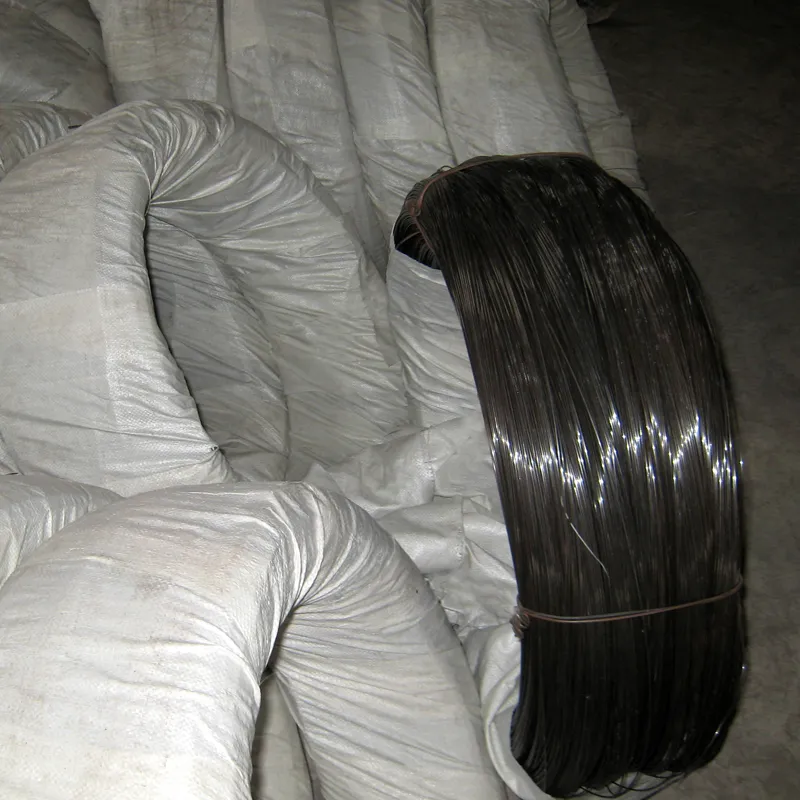What Screws to Use on Drywall
When it comes to hanging drywall, the type of screws you use can significantly impact the stability and durability of your installation. Drywall screws are specifically designed for hanging drywall panels and are distinct from other types of screws in several key ways. Understanding the characteristics of drywall screws can help you choose the right ones for your project.
Types of Drywall Screws
1. Coarse Thread Screws Coarse thread drywall screws are ideal for attaching drywall to wooden studs. The larger threads grip the wood more effectively, providing a secure hold. These screws typically have a thread pitch of about 7 threads per inch, which allows for quick and easy installation into wood.
2. Fine Thread Screws Fine thread screws are better suited for metal studs. They have a smaller thread pitch (approximately 8-12 threads per inch), which allows them to penetrate metal surfaces more effectively without stripping. If you plan to use metal studs for your drywall installation, fine thread screws are the way to go.
3. Types of Heads Drywall screws come in two main head types bugle and flat. Bugle head screws are the most commonly used because their unique shape allows them to sink into the drywall without tearing the paper surface. This helps to create a flush finish that is ideal for taping and mudding. Flat head screws, although less common, can also be used in situations where a flush finish is necessary.
Length and Size of Screws
Choosing the right screw length is crucial. For standard ½ inch drywall, screws that are 1¼ inches long are most commonly used. If you are working with thicker drywall, such as 5/8 inch panels, you might want to use longer screws, around 1¾ inches. The general rule of thumb is to choose screws that are long enough to penetrate the drywall and reach at least ¾ inch into the stud behind it.
what screws to use on drywall

Material Coating
Another aspect to consider is the coating of the screws. Most drywall screws are either black or zinc-coated. Black screws are generally treated with a phosphate coating that helps to limit rusting, making them suitable for indoor use. Zinc-coated screws, on the other hand, are more corrosion-resistant and are a better choice for areas with higher humidity or potential moisture exposure, such as bathrooms or kitchens.
Installation Tips
When installing drywall, proper spacing of the screws is essential. The common guideline is to place screws every 12 inches along the edges and every 16 inches in the field (the central area of the sheet). This spacing provides adequate support and prevents sagging or warping of the drywall over time.
Ensure that you do not overdrive the screws, as this can damage the drywall and compromise its integrity. A screw that is too deep can create a dimple in the surface, making it difficult to properly tape and mud the seams. A screw gun with a depth setting can be particularly helpful to avoid this issue.
Conclusion
Selecting the right screws for drywall installation is vital for a successful project. Coarse thread screws work best for wooden studs, while fine thread screws are suited for metal studs. Pay attention to the length, head type, and coating to ensure you use the most appropriate screws for your specific needs. By following proper installation techniques, you can achieve a smooth, professional finish that will last for years. Whether you are a DIY enthusiast or a seasoned contractor, understanding the nuances of drywall screws will enhance your drywall installation experience and outcomes.

















